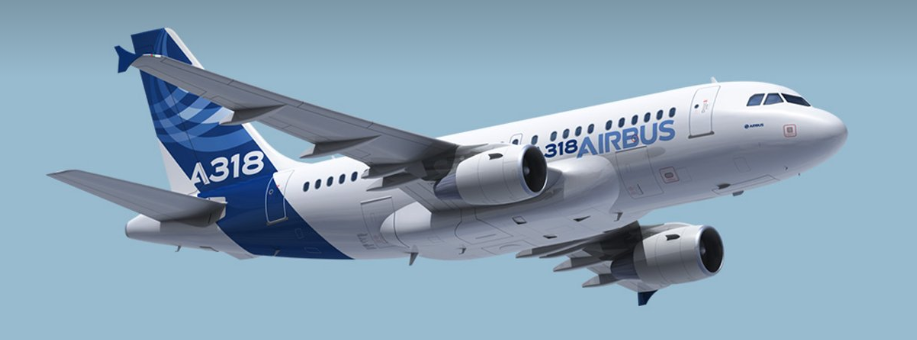Airbus Announces Flight Services Contract with Japan Airlines
Tokyo, 18 February 2019 – Airbus confirms the growing success of its Flight Hour Services (FHS) business in Japan with a new contract from soon-to-be A350 XWB operator Japan Airlines (JAL). Airbus is welcoming JAL…

